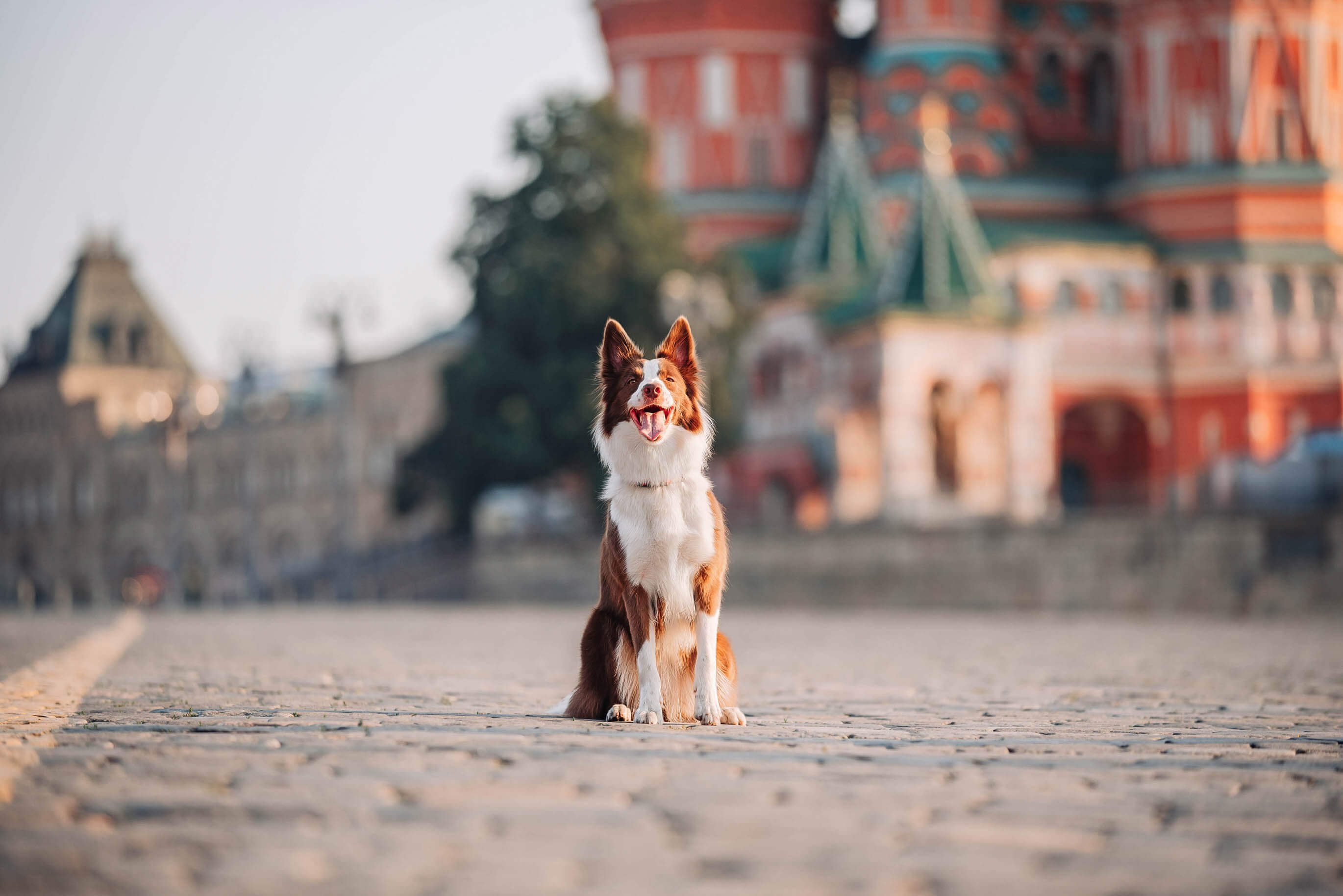Russian pet industry 2021

The Russian pet market has significantly changed within the last year, alike pet markets in many other countries. However, the pandemic of COVID-19 probably has had a lesser effect being second after the economic turmoil.
High number of pets drives the pet market
The pet population in Russia is growing organically. The pandemic lockdown triggered further growth. Cat and dog population increased by 12 mln since 2017. In 2020, 59% of households in Russia owned a cat or a dog.
The interest in small mammals boosted during the pandemic as well, internet requests demonstrated 17–30% growth.
Concurrently, the new lifestyle – staying at home, working distantly, lack of usual leisure activities boosted expenditures on pets.
All in pet retail sales increased over 6% in RRub in 2020 compared to 2019. The structure of the market stays the same – 79% food and 21% non-food products in value.
The pet market transformations caused by covid-19
Shopping habits of consumers in Russia have changed.
- Pet owners are switching to larger packs. The pandemic made it useful to have food and litter stocks at home. Consumers find this convenient and rational and retailers report a shift to larger packs.
- Physical and mental health, both of pet parents and pets, is a high priority. The pet market adapted immediately. Veterinary diets sales increased by 14% in 2020 to 2019 (source Royal Canin), also premium pet food category demonstrates higher growth rates than basic category (source Lenta retailer).
- Consumers prefer to shop anywhere, anytime. This trend made pet specialty retailers and supermarkets in Russia develop an omnichannel retail logic. Another impact is that all pet products suppliers have started to sell through marketplaces which boosted enormously in Russia.
E-com grew its share in pet product sales from 7 to 8,2%. (Chart 3) According to major industry players it’s even higher, up to 12%. - Economic recession aspects in Russia caused by covid-19 restrictions, followed by uncertainty and people feeling unsafe, reshaped consumers mindset. They are trying to save. Best price or better price for equal quality are the focus.
The impact is a growing share of promo sales – 70% of cat food and 58% of all pet product are sold by promo.
The pet industry had to adapt to those changes fast. The most significant effects are:
- Private Label growth. While brands are busy promoting price in the war for the consumer, retailers are desperately looking for high margin products. PL, manufactured internationally or domestically factories is their way to deal with decreasing margins.
- Digitalization. In general, the level of digitalization in Russia has been high in past years. State, medical, educational, bank, transport and other services including voting are all provided via e-systems and mobile apps. All pet food supplies are traced with the Mercury system since 3 years now.
In March 2020 though all pet industry enterprises were forced to rethink their business processes and digitalize them. E-com, logistics, supplies to marketplaces require that. Otherwise the company, especially a retailer, is out of the game. - New players from other industries, i.e. major online operators, national retailers, state enterprises entered a fast growing and high potential pet market.
Regulatory issues on the Russian pet market
The assortment structure of the Russian pet market has been subject to abrupt transformation. It’s not the pandemic which caused it, but the policy of Russian regulatory authorities. Since August, 2020, the Federal Service for Veterinary and Phytosanitary Surveillance (Rosselkhoznadzor) suspended supplies of pet food, supplements and ingredients to Russia from 11 countries: the Netherlands, the USA, Spain, Germany, Canada, Czech Republic, UK, Lithuania, Belgium, Brazil, Estonia, and some suppliers from Italy. A number of them are in the top-10 suppliers.
The official reasons for restrictions are unregistered GMO and unsatisfactory results of quality control inspection at some factories.
Import restriction led to turbulence on the Russian pet market, where whole businesses are affected, retailers and veterinarians are short of premium functional pet food and diets, pet owners are confused by brands disappearing from the shelves and pets are at risk of health problems.
The Head of Rosselkhoznadzor, Sergey Dankvert, assured Russian pet owners that domestic industry is good enough to provide all necessary products. But it is not quite so. Domestic production has been developing fast, there is a dozen of new pet food plants opened recently, but the assortment is far from sufficient.
Following consolidated efforts of industry players, media, associations led to de-escalation and later in July and August, 2021, Rosselkhoznadzor temporarily resumed supplies from a number of manufacturers. The regulator highlighted that within those three months veterinary authorities of those countries are requested to prepare and provide all necessary papers to confirm pet food compliance with the requirements of the Russian Federation and the EAEU, including the traceability of raw materials and plant and animal origin products.
The three months of alleviation will be over in October. The Russian pet market is looking forward to what’s next.
